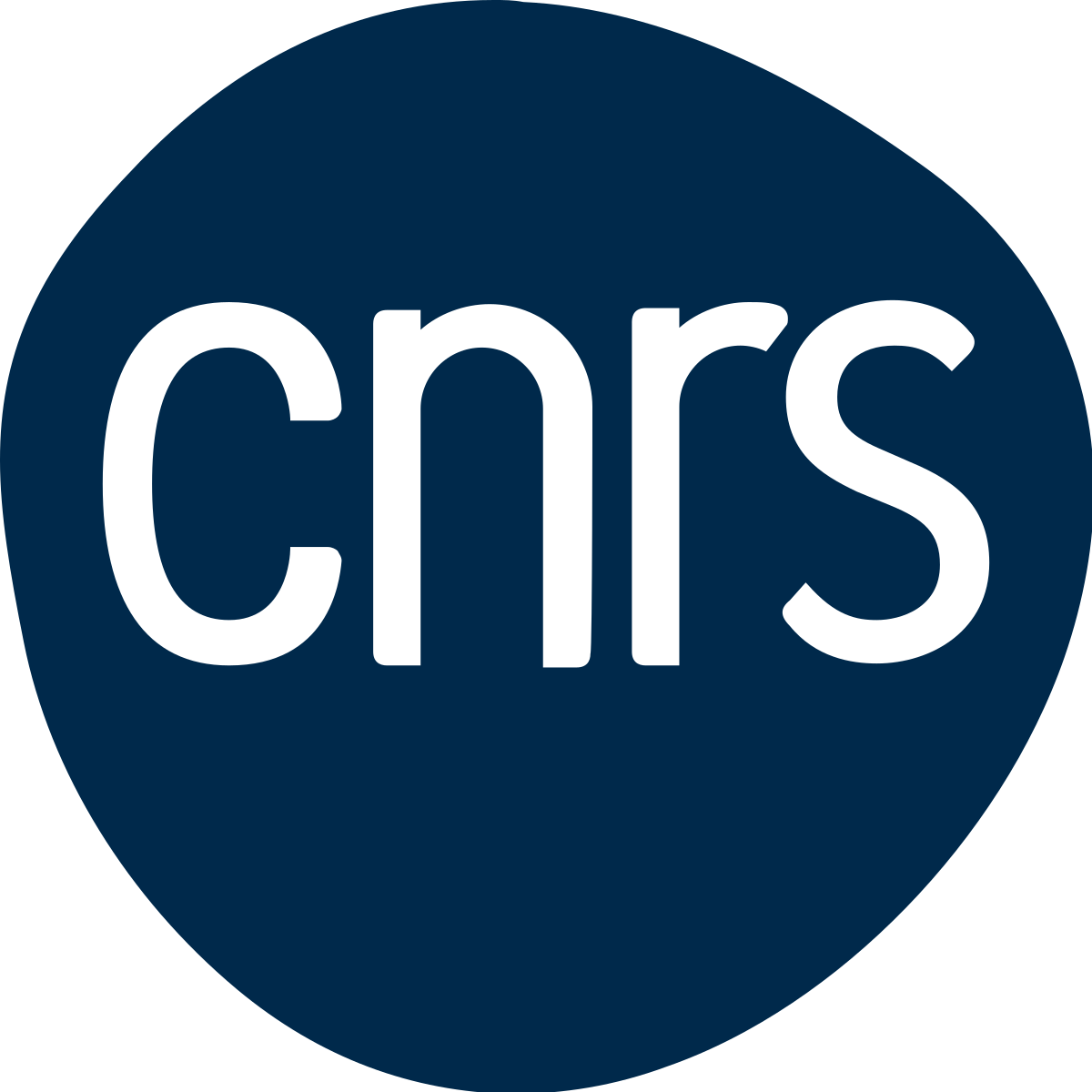



Table of Contents
Objective
NaviDAM (the Detection and Attribution Modeling Navigator) serves the goal to orient users looking methods for detecting and disentangling the drivers of observed biodiversity change. It situates methods, both widespread methods used in ecological studies and approaches inherited from causal inference or econometrics, against a set of criteria.
The different criteria also invite users to specify what they are looking for and what they have at hands thanks to dropdown lists.
This enables the narrowing down of detection and/or attribution methods and tools suited to their study.
Website structure
NaviDAM is implemented in this collaborative website and is organized around a dynamical filtering tool on the landing page:
- Landing page (Home):
- Brief description of the navigator
- Invite users to fill in criteria to describe their case study
- Criteria default to
Any, including all options and therefore not filtering the set of suggested methods
Incomplete assessments are reported in the output.
? signs
Along each criterion, a (?) sign redirects to the description page in the criteria panel.
- Criteria default to
Candidate methods is the resulting list of methods that match the user requirements, organised by category. Each method can be clicked on to open the corresponding documentation page.
The Graph Explorer allows exploring, vizualizing and querying the network of methods and criteria (work in progress).
- Exportable outputs: Method scheme
.png, criteria assessment + methods.csv, suited method list.txt(work in progress)
- Exportable outputs: Method scheme
The sidebar
The sidebar provides access to different panels grouping resource pages logically. Its exploration in regards with the landing page is key for good use of the navigator.
This About page providing a brief introduction to this website
This panel provides information on every criterion used to subset detection & attribution methods when using the navigator. Pages follow a common documentation structure: Definition, Explanation, Tools/rationale for helping assessment and Example.
This panel provides information on every method listed in the navigator. The methods are described along a common documentation structure: Description & principle, Reference articles, Implementation packages and the Assessment table reflecting how the method is filtered against the user’s criteria evaluation.
This panel provides general resources that aim to help conceptualising and applying attribution methods. Here are page examples that will eventually fit this category:
- Causal diagrams
- Getting started
- Review articles
- Comparing multiple methods etc.
This final panel illustrates how the DAM can be used with examples, from the question + data at hands, to the criteria assessment and the method application. Examples will include:
- STOC + synthetic controls
- Other T3.2 applications and project’s voluntary studies
The Contributing page that will eventually describe how to contribute to the website’s content.
Contact
- Joaquim Estopinan: joaquim.estopinan@univ-grenoble-alpes.fr
Credits
This is a joint developpement of the OBSGESSION Horizon Europe project and of the IMPACTS research group.